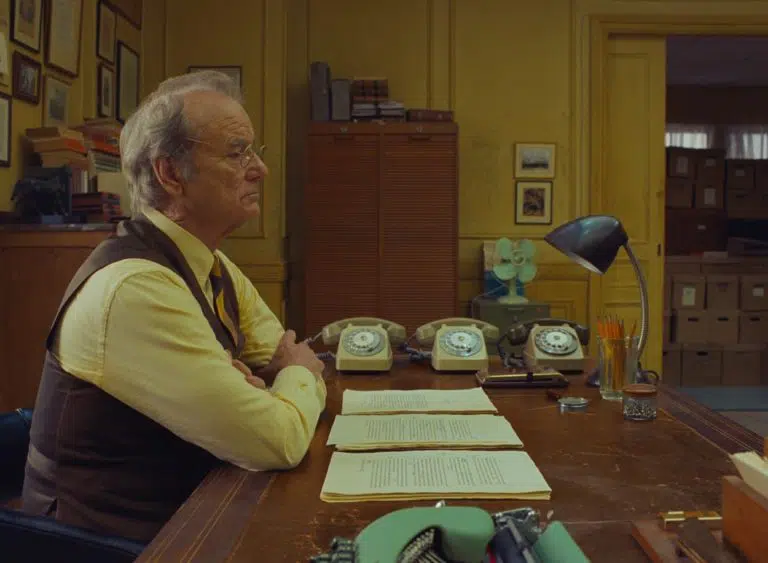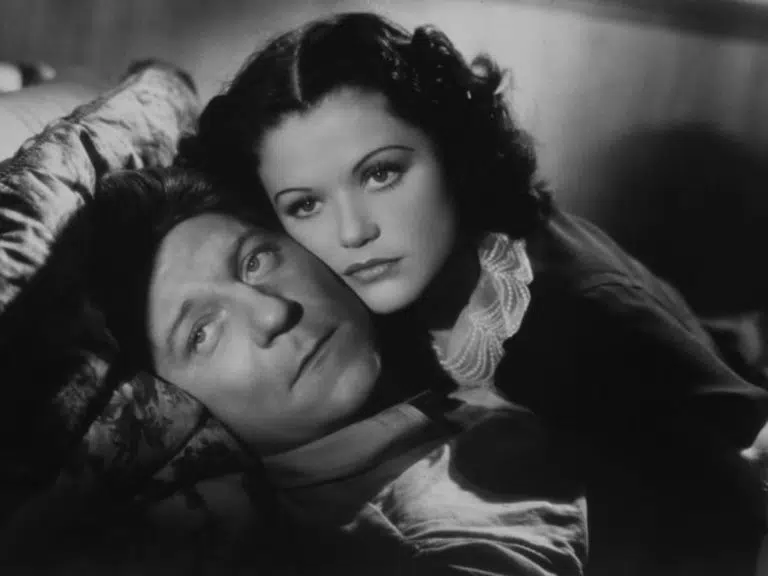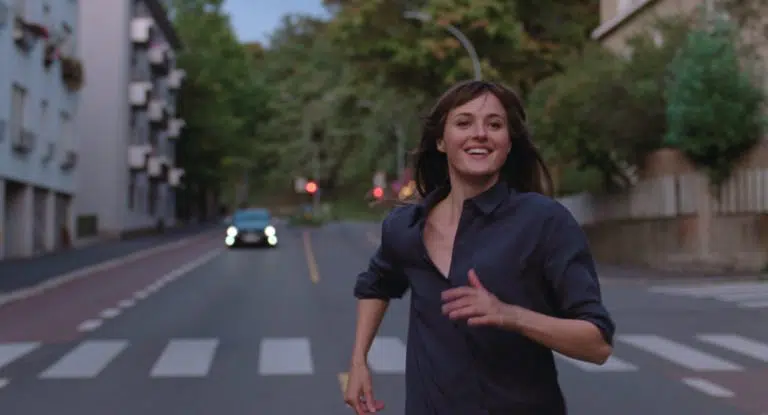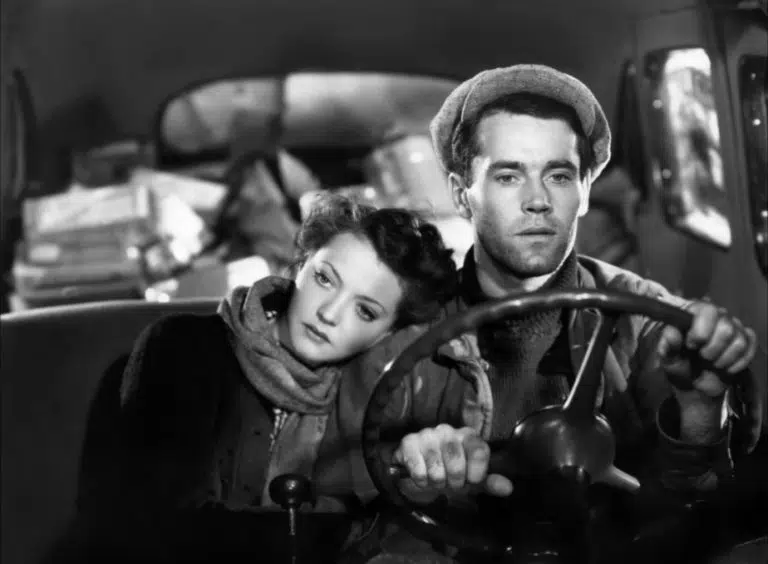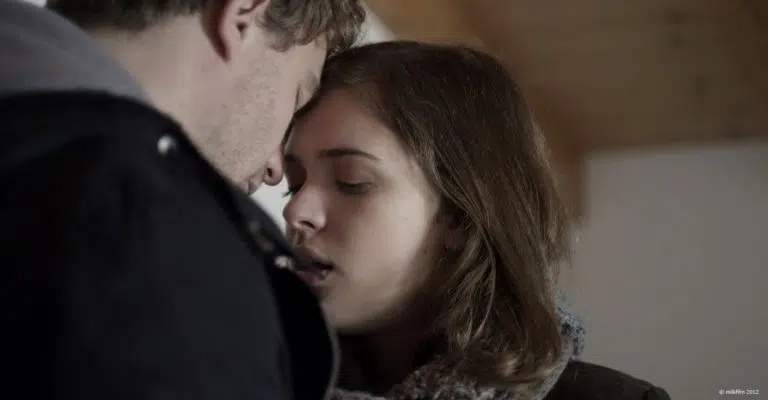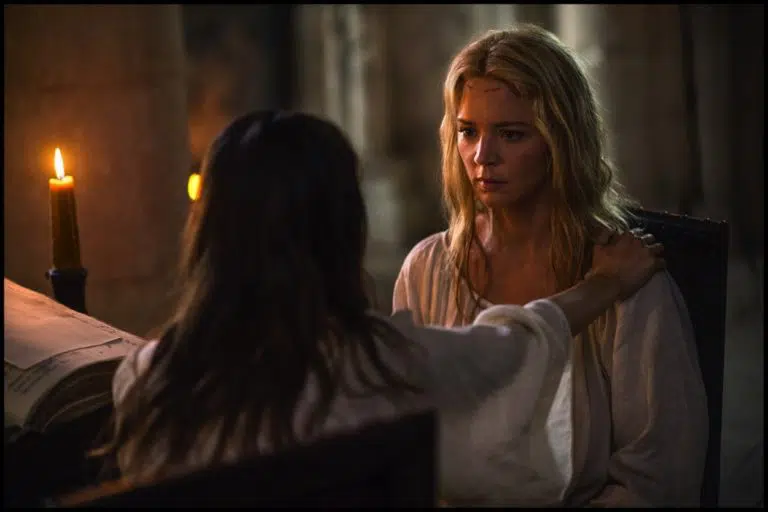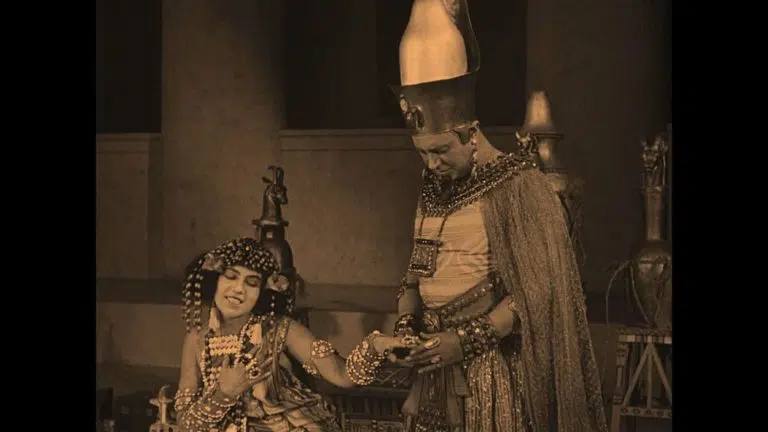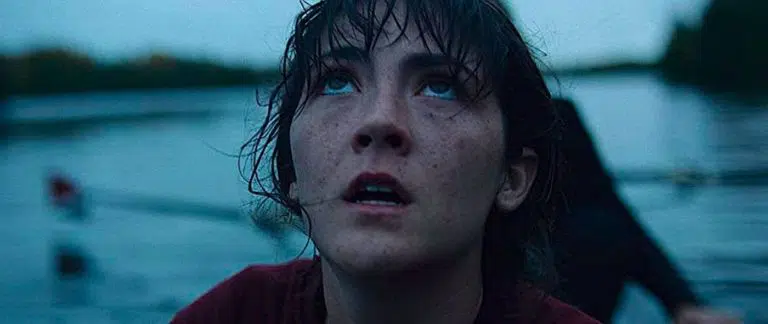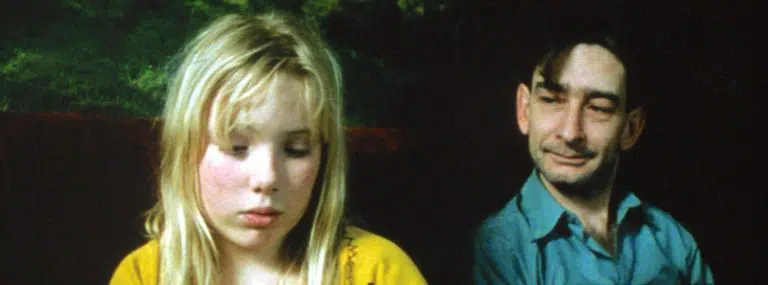The French Dispatch
A middle finger to the haters, The French Dispatch finds an unrepentant Wes Anderson doubling down on the whimsy and pastiche of films like The Grand Budapest Hotel or The Life Aquatic with Steve Zissou. There’s more. An artist’s statement, done early on in Owen Wilson’s laconic voiceover, vouchsafes that “All grand beauties withhold their deepest secrets.” Secrets? Deepest? Anderson is all surface, surely? Anyhow, on to the Dispatch, which is an American magazine/supplement of New Yorker stripe run in the old way – a liberal institution headed by a steely eccentric (played by Bill Murray), never short of money and with enough space to contain at least one writer who doesn’t write, … Read more
